#pleodorina
Text



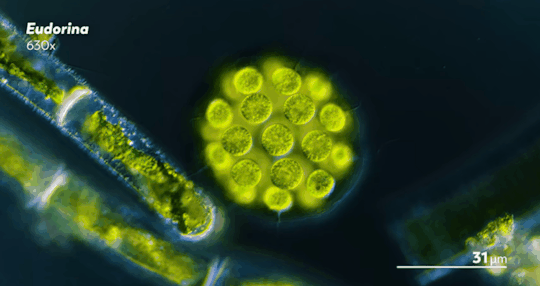


"You've got your gonium, looking like several of those little green algae stuck together. And then there's this active pandorina, also packing together several green cells in its colony body as it moves around. And then we see the Eudoria... and then the pleodorina, which looks increasingly like the orderly sphere of the Volvox. In fact, this combination of footage feels less like a family portrait and more like a series of yearbook photos taken from kindergarten through senior year. Expect instead of the striking passage of time documented through the changes in a child's face, this is the striking passage of multicellular evolution documented through the changes in on algal family."
Journey to the Microcosmos- How Did Multicellularity Evolve?
Images Originally Captured by Jam's Germs
#journey to the microcosmos#How Did Multicellularity Evolve?#science#scienceblr#biology#bioblr#microbiology#microbes#microorganisms#chlamydomonas algae#chlamydomonas-like algae#gonium#pandorina#eudorina#pleodorina#volvox#science aesthetic#reblog
371 notes
·
View notes
Text
Цитата #466472
xxx: когда детей >= 3 и они разнополые, 3-х комнатная квартира — необходимостьyyy: когда детей >= 3 и они разнополые, ты — водоросль Pleodorina starrii и о квартире тебе заботиться ни к чему
View On WordPress
0 notes
Text
Обнаружен организм с тремя полами
Обнаружен организм с тремя полами
Исследователи из Токийского университета выяснили что зеленые водоросли вида Pleodorina starrii имеют три разных пола – мужской, женский и третий пол. (more…)
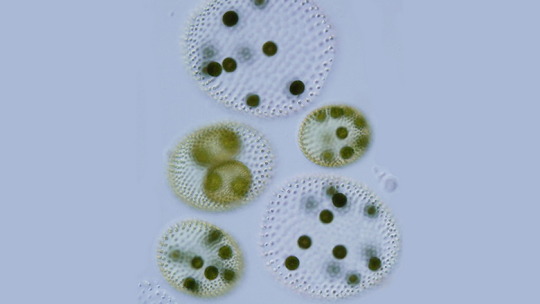
View On WordPress
0 notes
Text
Expertos japoneses descubren la primera especie de alga con 3 sexos diferentes
Expertos japoneses descubren la primera especie de alga con 3 sexos diferentes
Los especialistas creen que la existencia de tres sexos en una misma especie puede ser un fenómeno frecuente en condiciones naturales.
Ciudad de México, 14 de julio (RT).- Investigadores japoneses descubrieron que una especie de alga de agua dulce, llamada Pleodorina starrii, tiene tres sexos diferentes: masculino, femenino y un tercero al que denominaron bisexual. Además, todos ellos pueden…
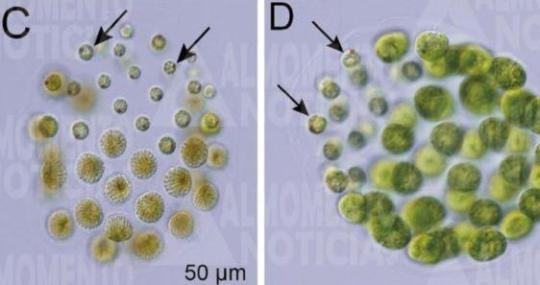
View On WordPress
0 notes
Text
Scientists Discover The First Known Algae Species With Three Distinct Sexes
https://sciencespies.com/nature/scientists-discover-the-first-known-algae-species-with-three-distinct-sexes/
Scientists Discover The First Known Algae Species With Three Distinct Sexes

Although we might think of ourselves as far removed from blobby green algae, we’re not really that different.
An algae explosion a few hundred million years ago is thought to have been what allowed all human and animal life to evolve, and all told there’s only about one and a half billion years between us in terms of evolution.
Plus, according to a Japanese team of researchers, algae could actually help us to understand how different sex systems – like male and female – evolved in the first place.
Researchers from the University of Tokyo and a number of other Japanese universities have discovered that a type of green algae called Pleodorina starrii has three distinct sexes – ‘male’, ‘female’, and a third sex that the team have called ‘bisexual’. This is the first time any species of algae has been discovered with three sexes.
“It seems very uncommon to find a species with three sexes, but in natural conditions, I think it may not be so rare,” said one of the researchers, University of Tokyo biologist Hisayoshi Nozaki.
Algae isn’t a very specific scientific classification. It’s an informal term for a huge collection of different eukaryotic creatures that use photosynthesis to get energy. They’re not plants, as they lack many plant features; they’re not bacteria (despite cyanobacteria sometimes being called blue-green algae); and they’re not fungi.
Everything from many-celled giant kelp species, all the way down to cute single-celled dinoflagellates can be classed as algae.
Because algae are such a big, diverse group, there’s lots of variation in the way that they get it on, but generally algae are able to reproduce asexually (by cloning themselves) or sexually (with a partner), depending on the life cycle stage they’re in. This can be either haploid (with a single set of chromosomes), or diploid (with two sets).
There’s also hermaphroditic algae that can change depending on the gene expression of the organism. Having three sexes, including hermaphrodites, is called ‘trioecy‘.
But the volvocine green algae P. starrii is different from this again. The bisexual form of this haploid algae has both male and female reproductive cells. The team describe it as a “new haploid mating system” completely unique to algae.
P. starrii form either 32 or 64 same-sex celled vegetative colonies and have small mobile (male) and large immobile (female) sex cells similar to humans. The male sex cells are sent out in the world in sperm packets to find a female colony to attach to.
Bisexual P. starrii have both, can form either male or female colonies, and therefore can mate with either a male, a female, or another bisexual.

(Kohei Takahashi)
Above: Sexually induced male colony of algae (left). Female colony with male sperm packet (center). Female colony with dissociated male gametes (right).
The researchers are particularly excited because other closely related algae have different sex systems, meaning the discovery might be able to tell us more about how these sexual changes evolve.
“Mixed mating systems such as trioecy may represent intermediate states of evolutionary transitions between dioecious (with male and female) and monoecious (with only hermaphrodites) mating systems in diploid organisms,” the team write in their new paper.
“However, haploid mating systems with three sex phenotypes within a single biological species have not been previously reported.”
For 30 years, Nozaki had been collecting algae samples from the Sagami River outside of Tokyo. Samples that were taken from lakes along that river in 2007 and 2013 were used by the team for the new finding.
The team separated the algal colonies and induced them to reproduce sexually by depriving them of nutrients, discovering that the bisexual algae had a ‘bisexual factor’ gene that was separate to previously discovered male and female specific genes.
The bisexual cells had the male gene as well, but can produce either male or female offspring.
“Co-existence of three sex phenotypes in a single biological species may not be an unusual phenomenon in wild populations,” the researchers conclude.
“The continued field-collection studies may reveal further existence of three sex phenotypes in other volvocine species.”
The research has been published in Evolution.
#Nature
0 notes
Text



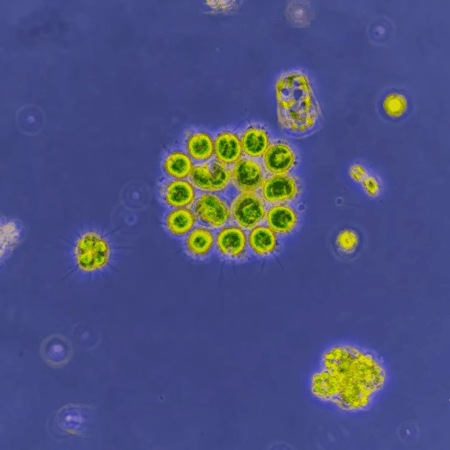


"Multicellularity is one of those things that is so entwined with notions of complexity and the forward marching of evolution that it might feel like it has to be one of those singular evolutionary events: a moment that occurred once or maybe twice, and was maybe too difficult to ever replicate again. But it turns out that making the jump from unicellular to multicellular life has actually happened quite a few times in our planet's history. It's maybe surprisingly not htat difficult a transition. But finding a way to study it is."
Journey to the Microcosmos- How Did Multicellularity Evolve?
Images Originally Captured by Jam's Germs
Chlamydomonas-like algae 200x, Eudorina 630x, Pleodorina 100x, Gonium 400x, Tardigrade cannot eat Pandorina 630x, Volvox 630x
#journey to the microcosmos#How Did Multicellularity Evolve?#science#scienceblr#biology#bioblr#microbiology#microbes#microorganisms#chlamydomonas#algae#eudorina#pleodorina#gonium#tardigrade#pandorina#volvox#science aesthetic
196 notes
·
View notes
Text

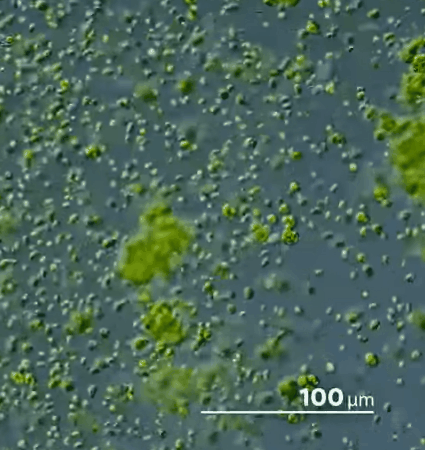


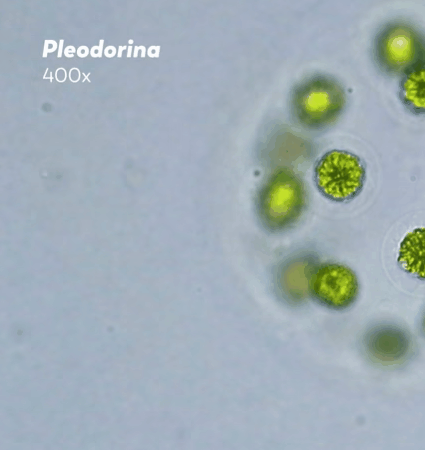


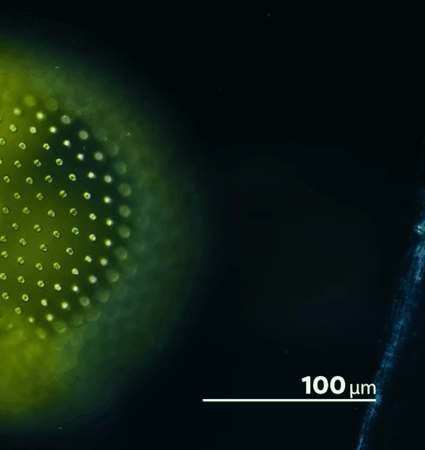
"And that leaves us with a gradient of cellular complexity that starts with the unicellular Chlamydomonas, transitions to the colonial gatherings of cells that make up the gonium through pleodorina, and that leads us to the multicellular Volvox. That ordering though is a little misleading in its simplicity. Evolution isn't nearly so neat to work in a straight line across a whole family. But laying out the organisms in this way helps us to understand that steps are involved in taking the species from unicellular to multicellular."
Journey to the Microcosmos- How Did Multicellularity Evolve?
Images Originally Captured by Jam's Germs
#journey to the microcosmos#How Did Multicellularity Evolve?#science#scienceblr#biology#bioblr#microbiology#microbes#microorganisms#chlamydomonas#volvox#gonium#pleodorina#science aesthetic
159 notes
·
View notes
Text
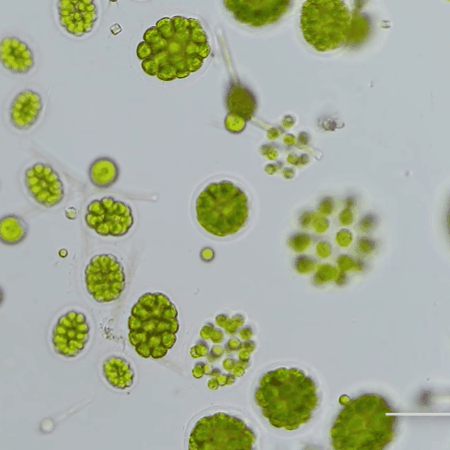




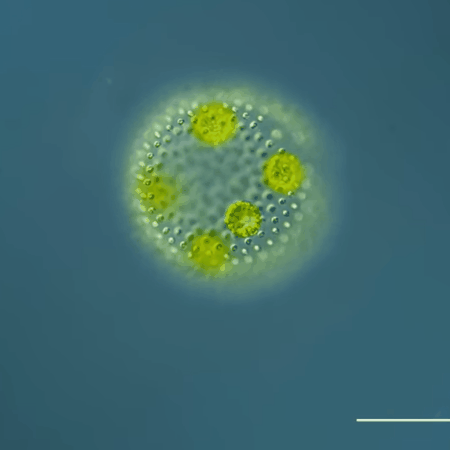
"Many of these jumps [in evolution] happened too long ago, and evolution has removed the organisms whose bodies contain the story of how they or their ancestors went from living on their own to teaming up with others. But fortunately, the volvocine algae went about this transistion much more recently--likely around 200 million years ago."
Journey to the Microcosmos- How Did Multicellularity Evolve?
Images Originally Captured by Jam's Germs
Eudorina colonies 200x, Gonium 630x, Pandorina 630x, Pleodorina 400x, Volvox 200x, Volvox 200
#journey to the microcosmos#How Did Multicellularity Evolve?#science#scienceblr#biology#bioblr#microbiology#microbes#microorganisms#eudorina#gonium#pandoirina#pleodorina#volvox#science aesthetic
117 notes
·
View notes
Text


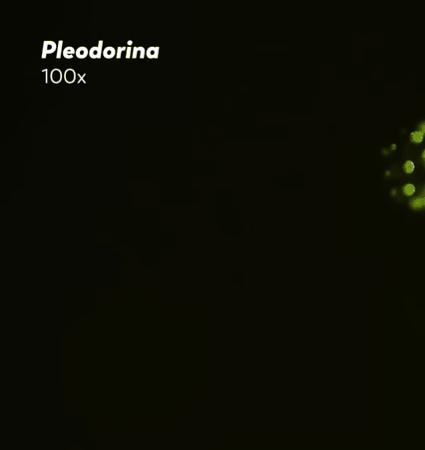

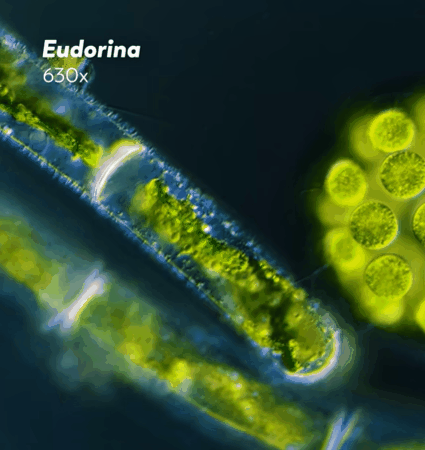
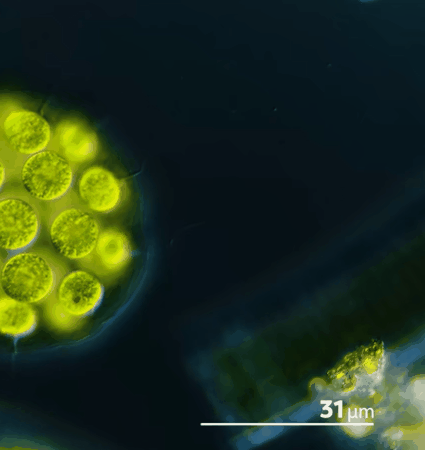
"But multicellular is more than just getting big. The big step to taking the volvocine algae from colony to multicellular life involves putting all those cells to work--specialized work. You can see the early days of specialization in the colonial algae through the development of organismal polarity, which is a fancy way of saying that we can define a front and back of the colony. The cells in front are generally large with big eyespots. And as you go to the back, the cells and eyespots get smaller. These differences create a gradient not just in characteristics, but in function. The larger eyespots in front mean those cells will be more sensitive to light, making them responsible for directing the colony."
Journey to the Microcosmos- How Did Multicellularity Evolve?
Images Originally Captured by Jam's Germs
#journey to the microcosmos#How Did Multicellularity Evolve?#science#scienceblr#biology#bioblr#microbiology#microbes#microorganisms#gonium#pleodorina#eudorina#science aesthetic
54 notes
·
View notes
Photo






Journey to the Microcosmos!
#journey to the microcosmos#science#biology#microcosmos#closterium#amoeba#pleodorina#sulfur bacteria#paramecium bursaria#bdelloid rotifers#green/red/yellow#aestetic#science aesthetic#Scienceblr#bioblr
101 notes
·
View notes